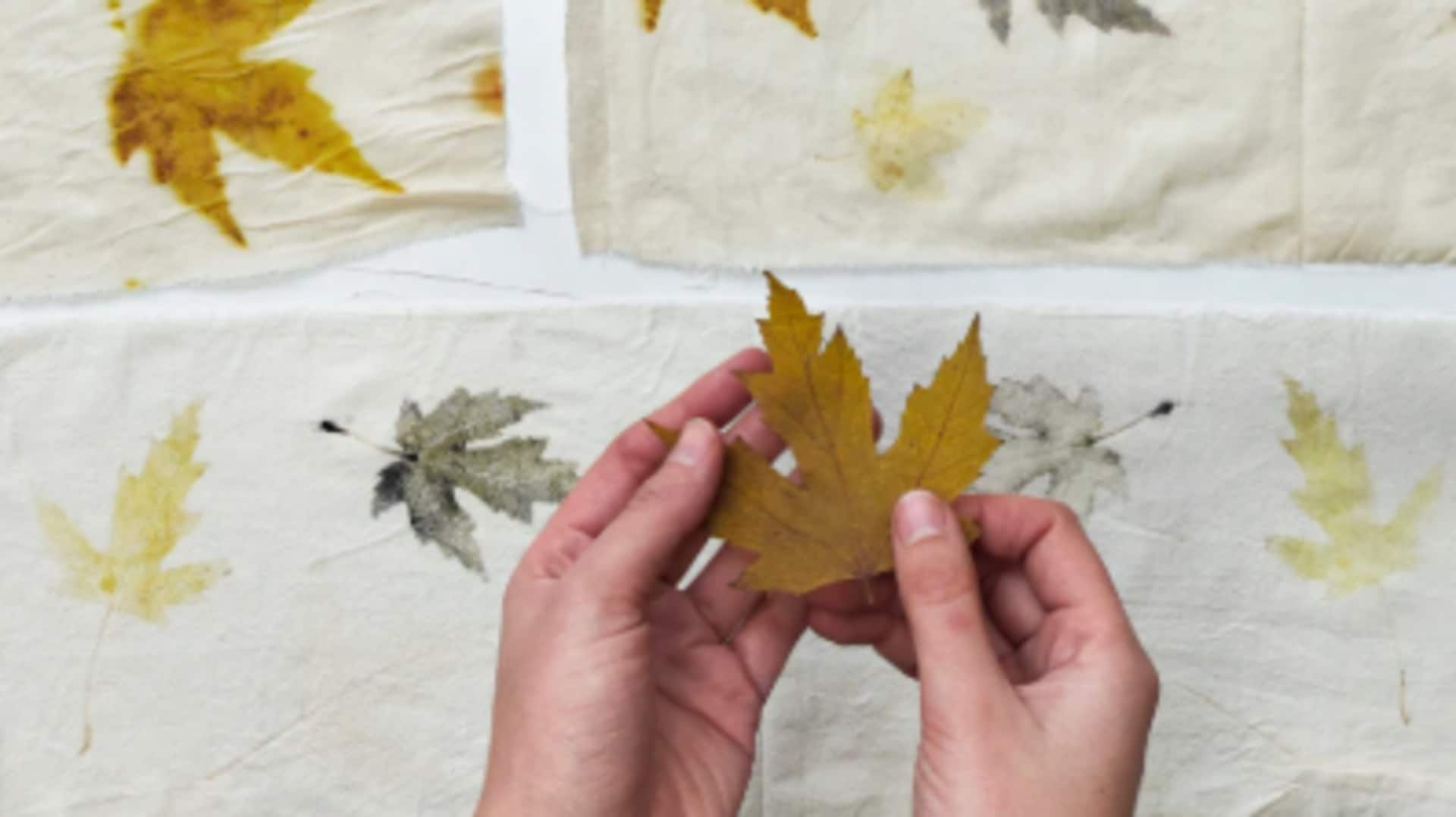
Here's a fun way to improve your creativity
What's the story
Eco-dyeing is a sustainable method of coloring fabrics using natural materials. This process not only reduces environmental impact but also offers a unique way to express creativity. By utilizing plants, fruits, and other organic substances, eco-dyeing allows for endless possibilities in fabric design. Here are five ways to enhance your creativity through eco-dyeing techniques that can transform ordinary textiles into vibrant works of art.
Tip 1
Experiment with plant-based dyes
Plant-based dyes give you a plethora of colors and shades. By trying out different plants like turmeric for yellow or beetroot for pink, you can get some unique hues on your fabrics. The process is simple; just boil the plant material and soak the fabric in the dye bath. This method invites experimentation and lets you find new beautiful, eco-friendly color combinations.
Tip 2
Use resist techniques for patterns
Resist techniques involve creating patterns by preventing dye from reaching certain areas of the fabric. Methods like tying, folding or clamping parts of the fabric before dyeing can result in intricate designs once dyed. These techniques allow you to explore various patterns and textures, adding depth and interest to your eco-dyed creations.
Tip 3
Incorporate natural mordants
Mordants are substances that fix dyes onto fabrics, making the colors more fast. You can use natural mordants like alum or vinegar instead of synthetic ones. These natural alternatives not only make colors more durable but also take them to new creative heights by subtly changing shades when mixed with other dyes.
Tip 4
Explore layered dyeing techniques
Layered dyeing is all about applying multiple colors on a single piece of fabric. By applying different dyes one after another or overlapping them strategically, you can create complex color effects that add richness to your textiles. This technique encourages creative exploration as every layer reacts differently with others.
Tip 5
Utilize local resources for unique colors
Using locally sourced materials for dyeing not only supports sustainability but also gives you access to unique colors specific to your region's flora. Gathering leaves, flowers, or bark from local plants allows you to create one-of-a-kind shades that reflect your environment's natural beauty while fostering creativity through resourcefulness.